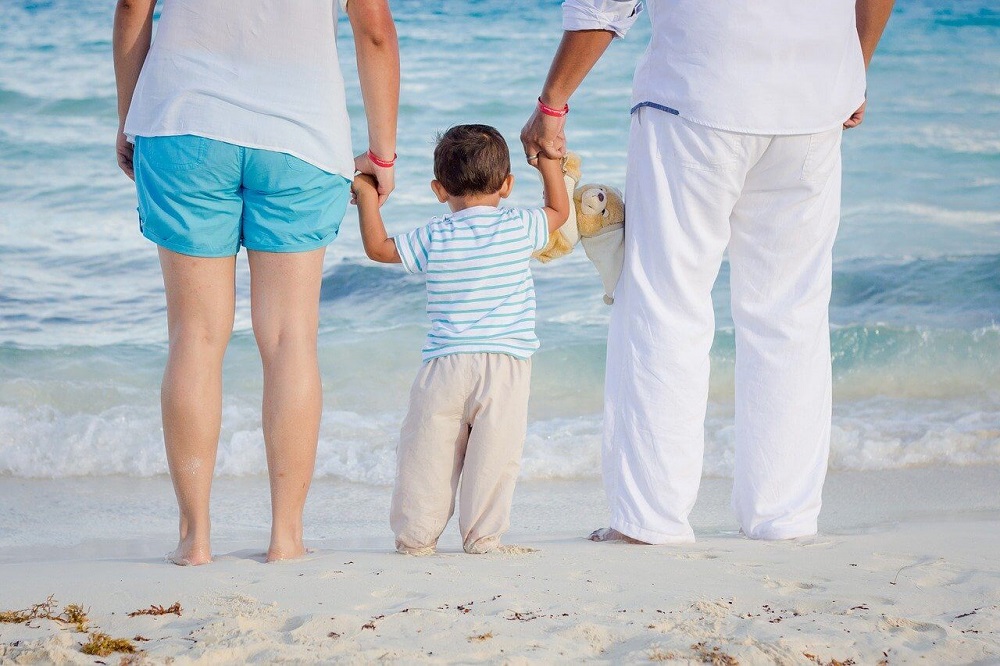According to a study conducted by the Yoopies portal , during the first phase of the emergency lockdown, approximately 87% of families had at least one parent stay at home to look after their children. But the question many Italian families with children are asking these days is, "How much will a babysitter cost me in Phase 2, and will it be covered by the €600 bonus?"
Work is starting up again, how can we reorganize our relationships with our children?
 This question is a must-ask question, considering that in just over half of households (53%) both parents will be required to return to work when businesses reopen. The situation doesn't appear to be the easiest, with children forced to stay home and unable to reintegrate them into schools, daycare centers, or summer camps. While in other cases, one parent can continue to work remotely or remain unemployed due to the suspension of their work, the only solution for this first group of families, or nearly so, is to employ a babysitter . Approximately 50% of these families are likely to employ a babysitter; in the remaining cases, 30% will opt for the help of family or friends, and 20% appear to not yet have a plan B and would consider extending their work suspension. With hiring a babysitter in mind, the costs are certainly not within the reach of all families. And to what extent would the €600 voucher cover its services? Only 9% of parents consider the bonus amount sufficient. The €600 bonus would last for a month at most, meaning this state of emergency would inevitably extend until September. Furthermore, the bonus cannot be combined with the 15 days of special parental leave, which is certainly insufficient.
This question is a must-ask question, considering that in just over half of households (53%) both parents will be required to return to work when businesses reopen. The situation doesn't appear to be the easiest, with children forced to stay home and unable to reintegrate them into schools, daycare centers, or summer camps. While in other cases, one parent can continue to work remotely or remain unemployed due to the suspension of their work, the only solution for this first group of families, or nearly so, is to employ a babysitter . Approximately 50% of these families are likely to employ a babysitter; in the remaining cases, 30% will opt for the help of family or friends, and 20% appear to not yet have a plan B and would consider extending their work suspension. With hiring a babysitter in mind, the costs are certainly not within the reach of all families. And to what extent would the €600 voucher cover its services? Only 9% of parents consider the bonus amount sufficient. The €600 bonus would last for a month at most, meaning this state of emergency would inevitably extend until September. Furthermore, the bonus cannot be combined with the 15 days of special parental leave, which is certainly insufficient.
The government's options
 The government is considering several options to support families with children during the planned restart of production activities on May 5th. An extension of parental leave and a new babysitting bonus are being considered for the planned reopening of Phase 2. Family Minister Elena Bonetti is proposing a special monthly child allowance, effective from April to December inclusive, for all families with children up to 14 years of age. The amount varies depending on the number of children and the ISEE (Equivalent Economic Situation Indicator) (ISEE). There are three brackets: €160 per month per child for families with incomes below €7,000; €120 per month per child for families with incomes between €7,000 and €40,000 (the largest bracket, accounting for 90% of households), and €80 per month for those with incomes above €40,000. The bonus can be combined with other benefits, such as the basic income. What are the costs estimated by the Ministry of Economy and Finance for this measure? A total of at least 5 billion euros.
The government is considering several options to support families with children during the planned restart of production activities on May 5th. An extension of parental leave and a new babysitting bonus are being considered for the planned reopening of Phase 2. Family Minister Elena Bonetti is proposing a special monthly child allowance, effective from April to December inclusive, for all families with children up to 14 years of age. The amount varies depending on the number of children and the ISEE (Equivalent Economic Situation Indicator) (ISEE). There are three brackets: €160 per month per child for families with incomes below €7,000; €120 per month per child for families with incomes between €7,000 and €40,000 (the largest bracket, accounting for 90% of households), and €80 per month for those with incomes above €40,000. The bonus can be combined with other benefits, such as the basic income. What are the costs estimated by the Ministry of Economy and Finance for this measure? A total of at least 5 billion euros.
You may also like
The High Rent Dilemma for Italian Students: Challenges and Solutions
The issue of high rent prices in Italy presents a daunting challenge for university students, limiting their access to suitable living accommodations. This article explores the multifaceted causes of this problem, examines its impacts on students, and proposes a variety of solutions to alleviate the financial burden on students, including governmental initiatives, university housing projects, and community-based approaches.
Decorating Your Home Without Waste: Practical Tips for the Living Room and Bedroom
Decorating your home can be an expensive undertaking, but with the right tools, you can create welcoming and functional spaces without breaking the bank. In this article, we explore practical tips for decorating your living room and bedroom while saving money, with an eye on design and quality.
The Best Sun Loungers of 2025
Exploring the most popular sun loungers of 2025, this article delves into the technical features, pros and cons, pricing, and innovative highlights, providing a detailed comparison to help consumers make an informed decision.
Air Fryers: A Kitchen Revolution or Just a Passing Fad?
Air fryers are gaining popularity as a healthy and versatile cooking tool. But do they really live up to expectations or simply a passing fad? This article explores the technology, benefits, limitations, and expert opinions on these appliances.
